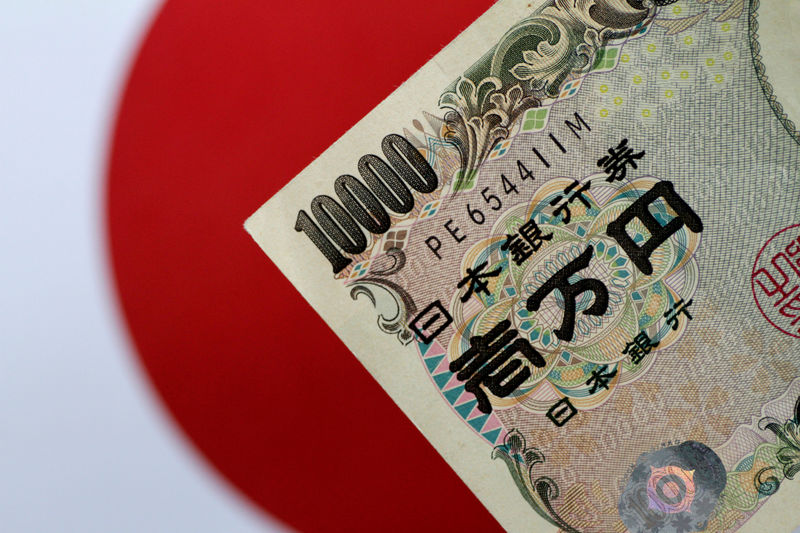 © Reuters.
© Reuters.
By Ambar Warrick
Investing.com-- The Japanese yen was among the worst-performing Asian currencies on Tuesday after the country’s economy unexpectedly shrank in the third quarter, while most regional units trended lower as hawkish comments from the Federal Reserve supported the dollar.
The yen slipped 0.4% to 140.48 against the dollar after data showed the world’s third-largest economy shrank at an annualized rate of 1.2% in the third quarter, as high inflation weighed heavily on business and consumer spending.
The reading heralds more weakness in the Japanese economy, and was also in part caused by the deep depreciation in the yen seen this year. Weakness in the Japanese economy limits the space within which the Bank of Japan can act to support economic growth, given that the bank has committed to maintaining its ultra-dovish policy for nearly a decade.
The dollar firmed on Tuesday, with the dollar index and dollar index futures both rising 0.3%. Federal Reserve Vice Chair Lael Brainard said in an overnight interview that while the Fed may be considering moving to smaller interest rate hikes in the near-term, the central bank has no intention of pausing its rate hike cycle in the near future.
While inflation data for October showed that price pressures fell more than expected, inflation levels still remained well above the Fed’s 2% annual target.
Markets are now pricing in an over 80% chance the central bank will hike rates by a relatively smaller 50 basis points in December. While the move may ease some near-term pressure on Asian currencies, rising U.S. interest rates are still expected to sap investor appetite for regional markets.
Most Asian currencies logged steep losses this year as the Fed hiked rates sharply. Regional units also retreated on Tuesday after Brainard’s comments.
The Indonesian rupiah fell 0.4% - the most across Southeast Asia - while the Indian rupee sank 0.6%.
Indian inflation eased significantly in October, data showed this week, taking some pressure off the economy, but also necessitating smaller rate hikes by the central bank, which is negative for the rupee.
Bucking the trend, the Chinese yuan rose 0.3% after the People’s Bank of China held interest rates for a third straight month.
The move helped the yuan rise past data showing weaker-than-expected industrial production and retail sales in October.

